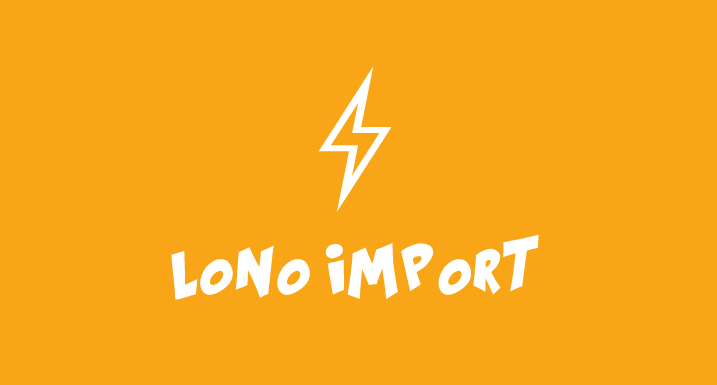Embarrassingly, I’ve been converting raw CloudFormation templates to lono CloudFormation templates manually. Probably one of the reasons why it’s been neglected is because this process is so simple, but it is ripe for automation. This should have been done this a long ago.
Introducing lono import
General form:
lono import [SOURCE]
lono import help
Example:
lono import https://s3.amazonaws.com/cloudformation-templates-us-east-1/EC2InstanceWithSecurityGroupSample.template
What did that do?
- Downloads the EC2InstanceWithSecurityGroupSample.template to the
templates/. - Converts the format to YAML. YAML is the default but you can use the
--formatoption if you prefer JSON. - Writes the result to
templates/ec2-instance-with-security-group-sample.yml. - It adds a
template configurationtoconfig/templates/base/stacks.rb.
Lono import automates those mundane steps.
Template name: CamelCase or dasherize
You can specify to use CamelCase or dasherize casing for the name of the final template file with the --casing option. Examples:
Dasherize:
$ lono import https://s3.amazonaws.com/cloudformation-templates-us-east-1/EC2InstanceWithSecurityGroupSample.template --casing dasherize
Template downloaded to ./templates/ec2-instance-with-security-group-sample.yml.
CamelCase:
$ lono import https://s3.amazonaws.com/cloudformation-templates-us-east-1/EC2InstanceWithSecurityGroupSample.template --casing camelcase
Template downloaded to ./templates/EC2InstanceWithSecurityGroupSample.yml.
The official documentation for the lono import command is on lono.cloud. Hope this helps!



